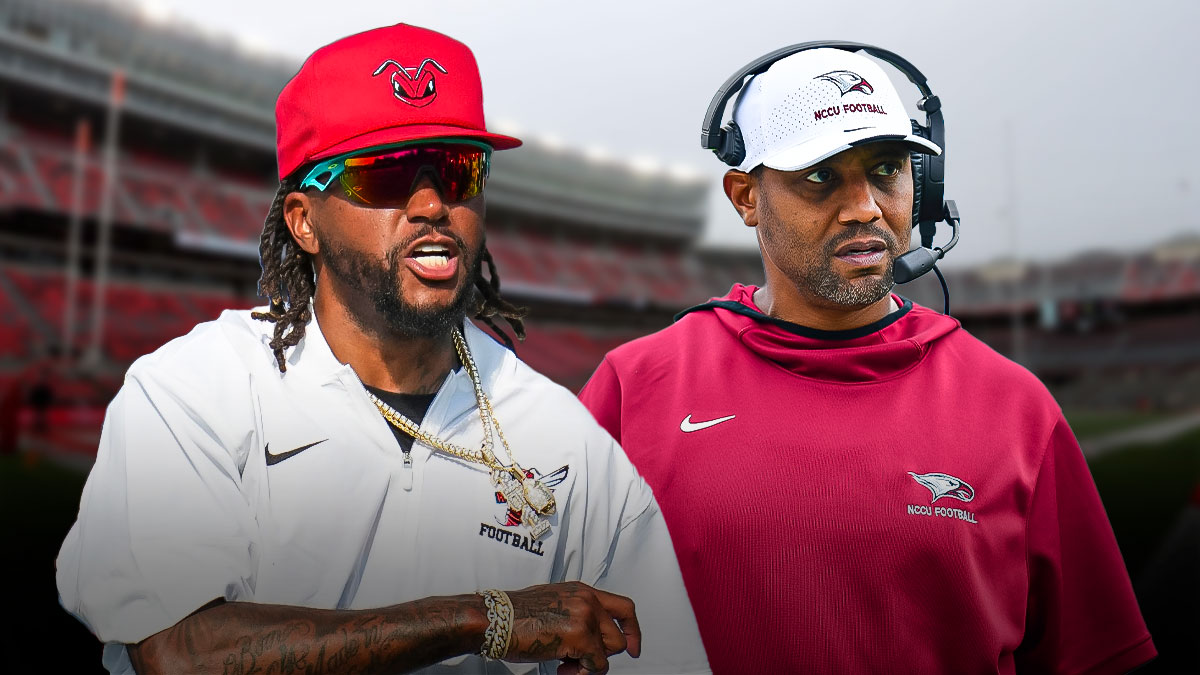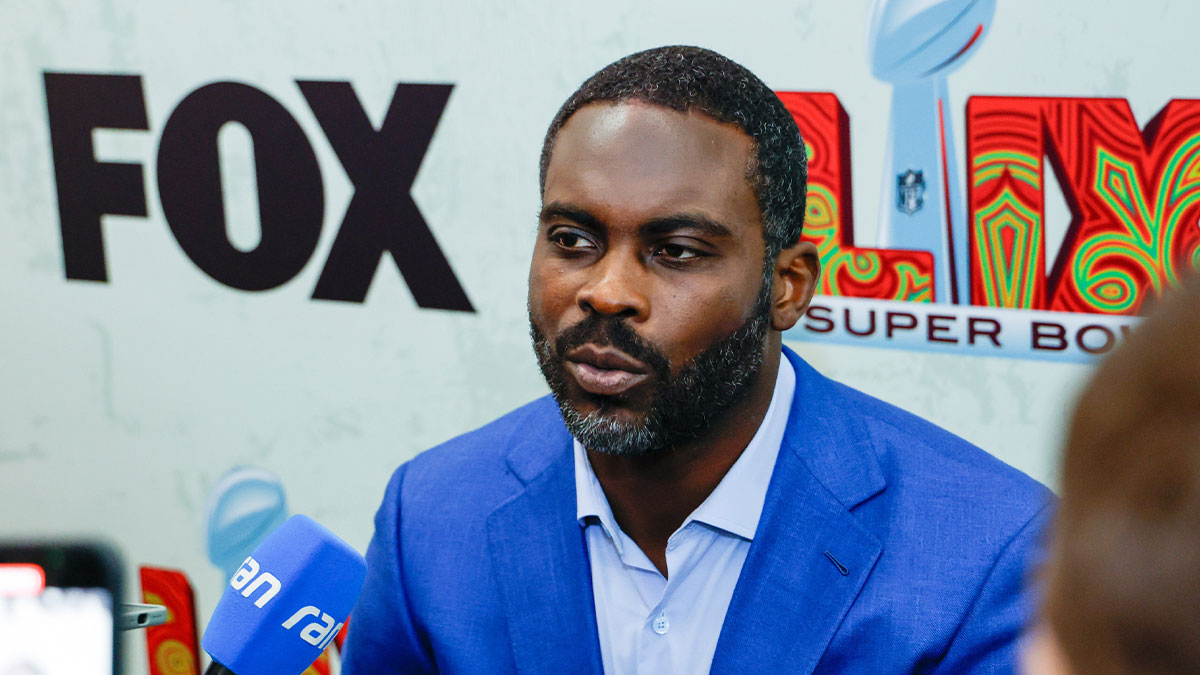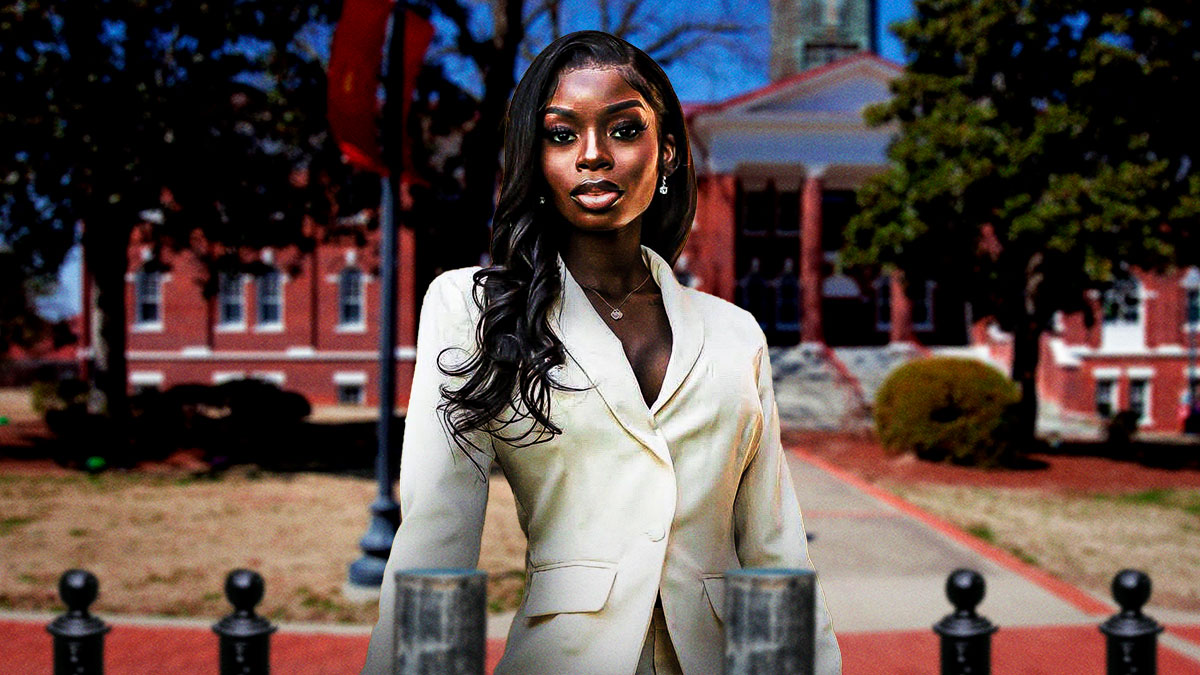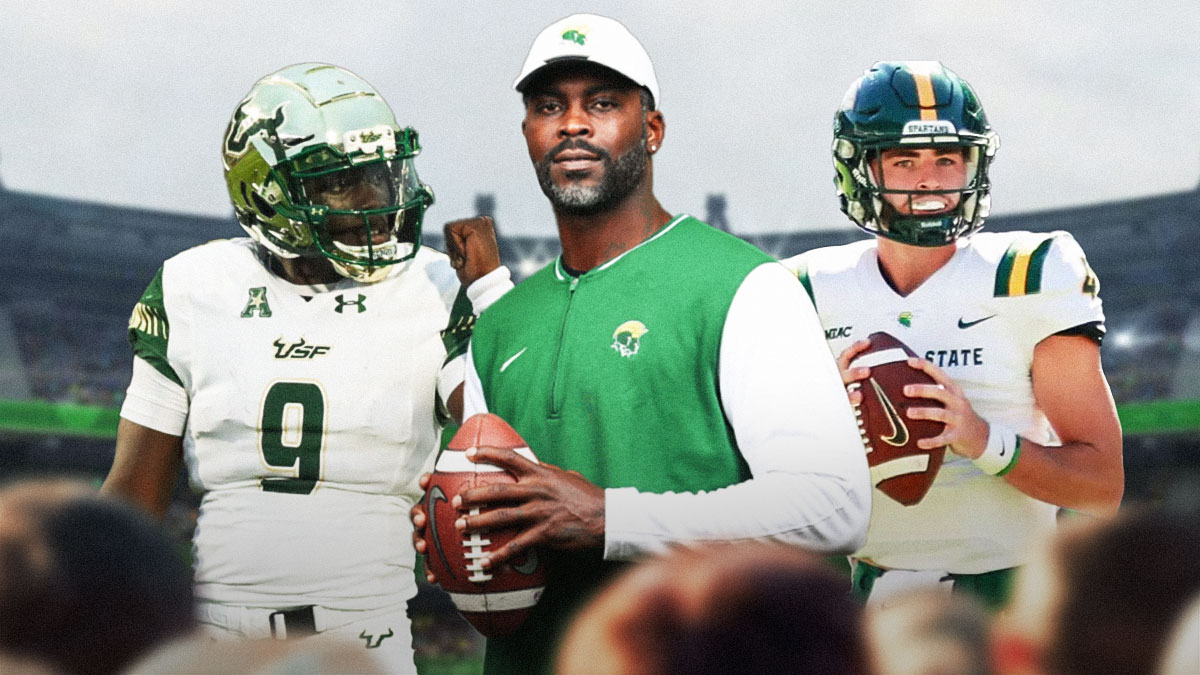It is no mystery that HBCUs are severely underfunded in comparison to predominantly white institutions, and it’s been that way for decades. Last year, the Biden administration released data showing that land-grant HBCUs in several states have been underfunded by more than $12 billion since 1987, thus violating the Second Morrill Act of 1890. Since the release of that information, the notion that HBCUs are incredibly underfunded has met with major skepticism by legislators, higher-education leaders, and circuit court judges.
According to the United Negro College Fund, HBCUs account for only 3 percent of colleges in the U.S. but produce 20 percent of Black college graduates. However, supporters claim that a lack of financial support has made it harder for them to compete with surrounding, predominately white universities. The disparities between land-grant HBCUs and land-grant PWIs date back to the founding of these institutions. The Morrill Act was created by the federal government in 1862, designed to create colleges to benefit agricultural and mechanical arts (engineering).
These newfound institutions refused to enroll Black people, many of whom were still enslaved; therefore, the Second Morrill Act of 1890 was passed. The Second Morrill Act of 1890 established 19 land-grant institutions for Black people. With these acts in place, the federal government was supposed to match funding for these land-grant institutions. But according to several lawsuits, since the ratification of the Second Morrill Act, states have withheld funding from land-grant HBCUs.
In a report from the Century Foundation, HBCUs must either supply the full one-to-one federal match or forfeit up to 50 percent of the match in order to continue receiving federal funding when states do not provide the full amount. By doing this, states are not motivated to match more than 50 percent of the funding for HBCUs while providing land-grant PWIs with adequate funding.
“Had more money been given to HBCUs, as was contemplated by the Morrill Act, had the facilities been better, had the faculty and staff been made better because of the additional money, then HBCUs would have even higher enrollment.” Moore said.
Over the years, several HBCUs have spoken out against funding disparities between HBCUs and PWIs, and some have even filed lawsuits against the state government.
Alumni from Fort Valley University, Albany State University, and Savannah State University filed a lawsuit against the Georgia Board of Regents for redirecting resources from HBCUs to enhance academic programs at PWIs. The lawsuit was later dropped, but the alumni claimed their alma maters were owed over $600 million.
U.S. Secretary Miguel Cardona sent a letter to 16 governors of states with land-grant HBCUs encouraging them to close the long-standing budget gap last September.
“Unacceptable funding inequities have forced many of our nation’s distinguished historically Black colleges and universities to operate with inadequate resources and delay critical investments in everything from campus infrastructure to research and development to student-support services,” he said.
Despite the years of data proving the disparities among HBCUs and PWIs, legislators remain unmoved.
In comparison to Louisiana State University, Southern University and A&M College were deprived of more than $1 billion in funds over the past 30 years, according to the Biden administration. Earlier this year, Southern University system president Dennis Shields asked Louisiana lawmakers to increase the university’s funding to help maintain the campus and other projects that would help the university obtain R1 states like LSU.
The Biden administration reported that Virginia State University is owed $277 million in funding from the state of Virginia, a claim that state officials say is not accurate.
“Based on reliable data from state-maintained finance, accounting, and education systems, the Commonwealth has funded VSU well above Virginia Tech on a per-student basis in aggregate since 1994,” Aimee Rogstad Guidera, Virginia’s secretary of education, wrote in a response to Cardona’s letter. “The Commonwealth has met its obligations for our 1862 and 1890 land-grant institutions.”
HBCUs should not have to beg for funding that is rightfully theirs. Lack of funding leads to lack of resources; lack of resources leads to lack of opportunities; and lack of opportunities leads to HBCU students being put at a disadvantage in comparison to their PWI counterparts. When states don’t provide HBCUs with proper funding, they have to turn elsewhere to try to recoup their losses. Alumni donations are a gift. They are not meant to properly fund these institutions. This is why we must continue to advocate for proper funding for all land-grant HBCUs.



















